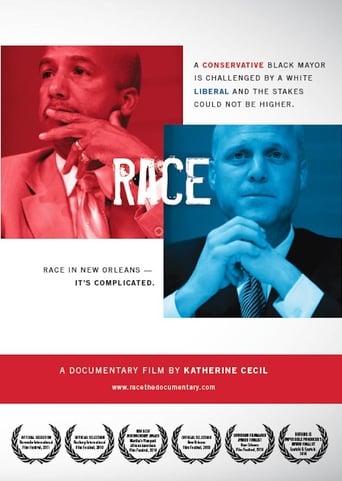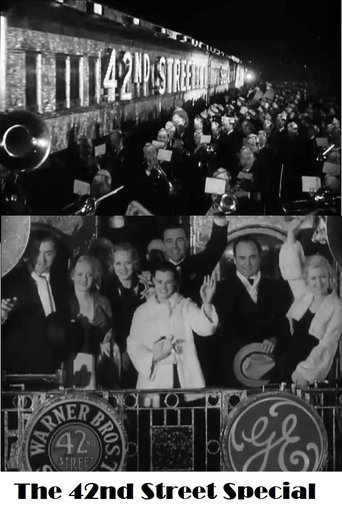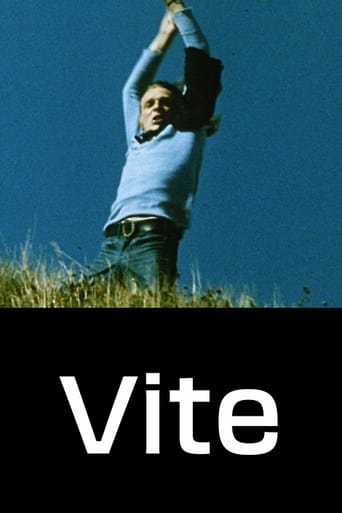
- Dec 13, 2010
- 59 min
-
Full-HD
Race (2010)
Can one recent local election in Louisiana tell us anything about the state of race relations in twenty-first century America? RACE is a story of high ground and low roads in post-Katrina New Orleans politics.
Category
Country
United States of America
Companies
CecilFilm Productions
Nathaniel Banks
Himself
Warren Bell Jr.
Himself

Douglas Brinkley
Himself
Thomas Langston
Himself

Al Sharpton
Self
















